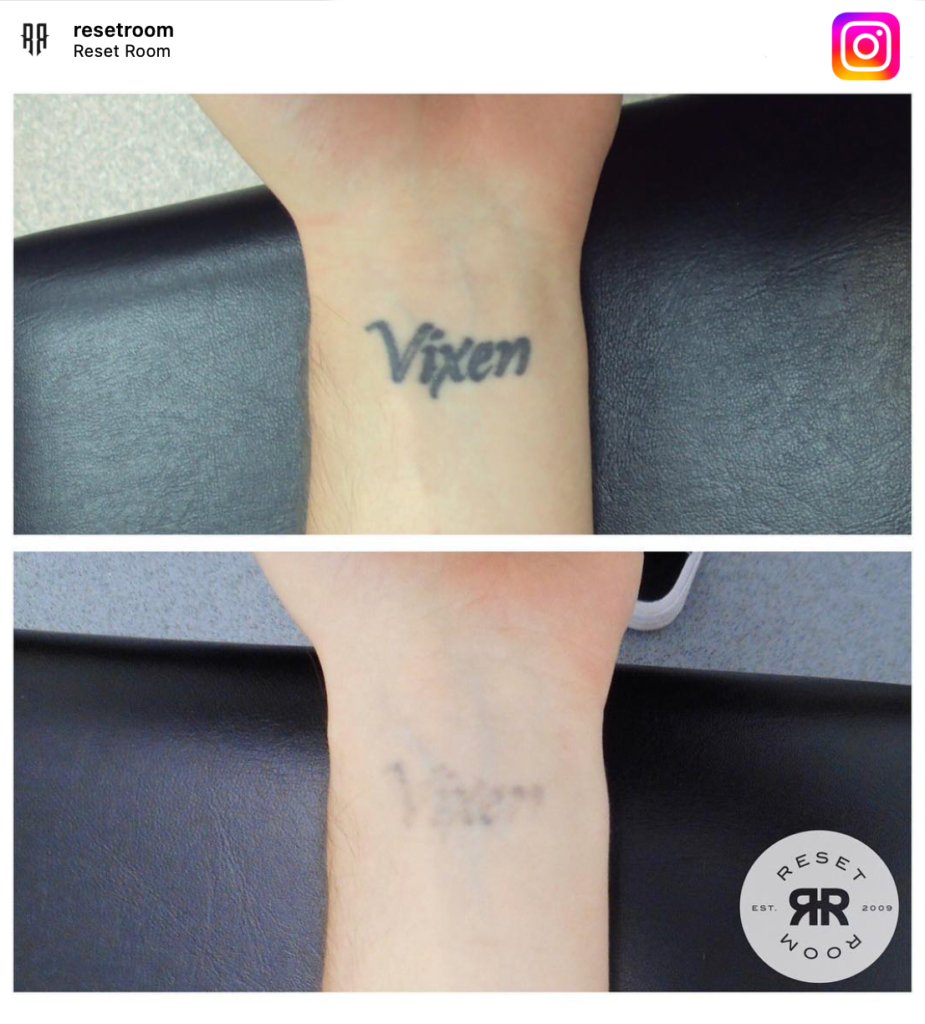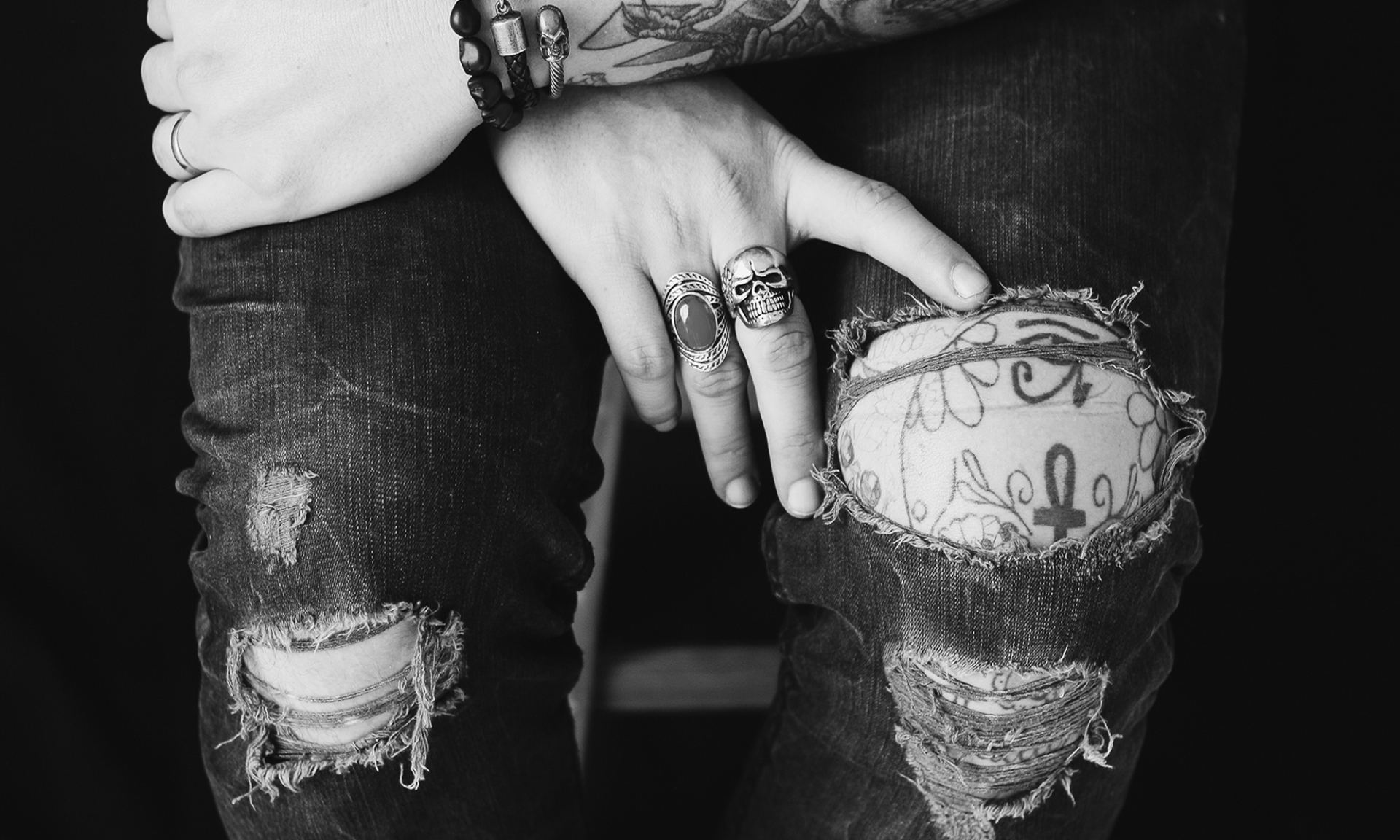In this FAQ we cover the essentials about Picosure lasers, side effects, aftercare and some interesting facts about what’s ahead. If there’s anything else on your mind regarding your laser tattoo removal just get in touch here. We are happy to answer any questions you have.
1. How does PicoSure laser tattoo removal work?
Traditional lasers used for tattoo removal rely on heat placed on the pigment of the tattoo and the surrounding tissue. The ultra-short pulse of energy from a PicoSure laser can go beyond this, creating an intense photomechanical effect that shatters the target ink into tiny particles that are quickly eliminated by the body.
Traditional lasers can require over 10-20 treatments spaced 6 to 8 weeks apart. However, PicoSure treatments can be more frequent, and tattoos often clear in 3-6 treatments. Even dark, stubborn blue and green inks, and previously troublesome tattoos disappear.

2. How many treatments does it take to remove a tattoo?
Every tattoo responds differently due to many variables: ink colours, their chemical compositions, depth, the density of ink, skin type and individual immune system factors. So, it’s hard to be exact.
During your consultation, we will estimate the number of tattoo removal sessions that are needed to remove your tattoo. Generally, PicoSure laser treatment usually will work 3x faster than any other laser treatment. In some cases, a black ink tattoo leaves in just 3-4 sessions.
3. Do you have any before and after pictures?
You can visit the Reset Room Instagram page to see more ‘before and after’ pictures, and real stories from our client’s successful tattoo removal.
4. How frequently can I return for more treatments?
Tattoo fading can be a slow process and is dependant on your body’s immune systems participation to work. Ideally, we recommend that you wait eight weeks to get the highest value from each laser treatment.
5. Will the laser tattoo removal hurt?
The discomfort of laser tattoo removal is often described as a “rubber band snapping the skin” but varies from client to client. We do our utmost to minimise any pain or discomfort by cooling the skin with a cryo device during the treatment. We also recommend numbing gels if we think you need them.
6. What are the side effects of laser tattoo removal?
The type of laser used for tattoo removal does not typically leave scars, although there is a small chance of this happening. You should inform our therapist if you tend to form abnormal scars or keloids.
Pigmentation is the colour of a person’s skin; Hyper-pigmentation is possible, meaning a temporary darkening of the skin from inflammation. Hypo-pigmentation can also occasionally occur in response to a loss of melanin in the skin and is more common in darker skin types when treated with PicoSure.

7. What is the aftercare like?
During laser treatment, your tattoo may turn white briefly. It then swells somewhat and may turn red, but this usually lasts only a few hours. Your skin may blister, so it is essential to keep the tattoo covered with
ointment and a bandage it for the first day. Usually, it feels like a mild sunburn and does not hurt unless rubbed. Sometimes, the lasered area may also itch.
Between your treatments, it is essential to keep the tattoo covered from the sun to prevent hyperpigmentation (darkening). Don’t worry; you will receive detailed instructions for your aftercare during your appointment so that you will be an expert on all of this.

